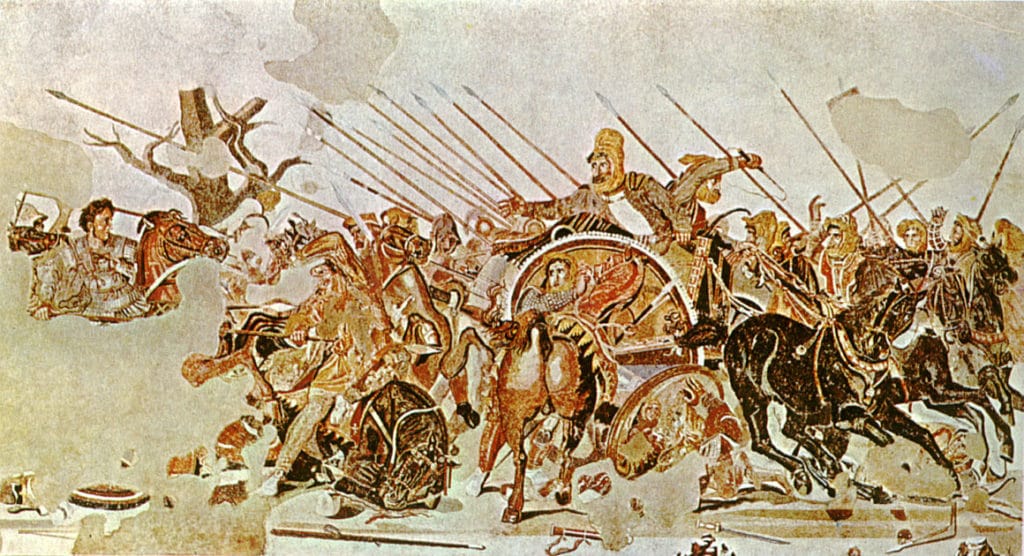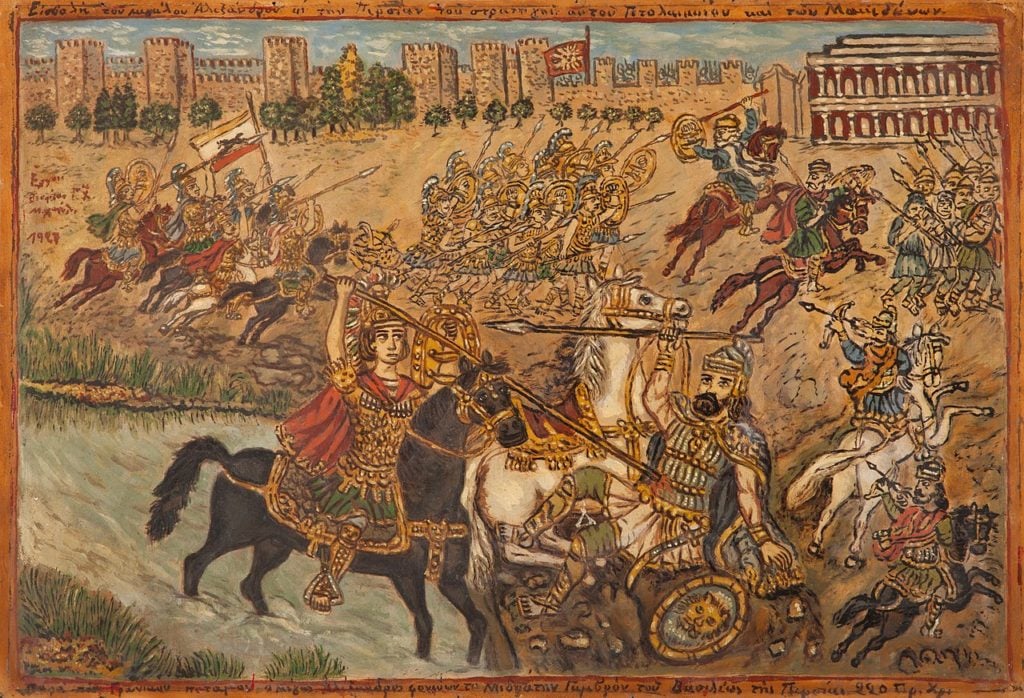
The Macedonian army of King Philip II and Alexander the Great was renowned for its success in conquering the Persian Empire.
The infantry was famous for its impenetrable phalanx formation, but it was the ingenious use of the cavalry that was the highlight of military education and training in the ancient world, placing it among the greatest military forces of the time.
The Macedonians found unprecedented success by combining the strength of the phalanx with the speed and agility of the cavalry. The latter was the elite backbone of the Macedonian army, making the decisive moves in every battle.
The Selection
The mighty army created by Philip II was comprised of citizens from the several cantons of the Greek kingdom of Macedonia. Each canton was required by law to provide a certain amount of soldiers for the king’s army, depending on their population.
It was not easy to become a soldier of the Macedonian army. Specialized officers were responsible for selecting only the most well-suited men to join the army, depending on both physical and mental qualities.
Each household had to provide one eligible man to join the Macedonian army. A total of sixteen thousand able-bodied infantry phalangites were needed, and they were recruited from all cantons. The men were entitled and expected to frequently visit the gymnasium long after their enlistment until the age of thirty.
Those who were unfit, drunkards, freedmen, or tradesmen were excluded. However, farmers, herdsmen, carpenters, craftsmen, and laborers were eligible. Yet, they had to uphold certain social values. Prospective recruits would then undergo rigorous physical tests to assess their strength, endurance, and overall fitness with only the most capable men being selected for service.
Rigorous Training for Alexander the Great’s Macedonian Army
Training would be extensive and exhaustive. First, the recruits would have to learn to master their weapons. This was done with the guidance of experienced instructors who were veterans selected by the community. Once selected, the prospective soldiers had to go through a rigorous, extensive training program which focused on the mastery of their weapons.
The recruits would have to learn to master the fifteen-foot sarissa pike, the most important weapon for the famous infantry phalanx formation, wielded by the Macedonian phalangites. The sarissa was also much heavier at twelve to fourteen pounds and difficult to throw accurately.
The purpose of a large part of the training was so that soldiers could learn the way the phalanx operated. They also learned how to maneuver it for implementation in the battlefield.
The very nature of the phalanx required constant drilling and demanded strict obedience. Punishments would be meted out for those who disobeyed. Much like Alexander after him, Philip II required an oath of swearing allegiance to the king. The soldiers were also obligated to exercise in the gymnasiums, training with javelin, bows, slingshots, and even ancient artillery. They would also wrestle and run long distances to prepare for campaigns and battle.
Philip forced the infantrymen to carry bags of flour on their backs while training and marching up to thirty-five miles. This trained them to carry all of their weapons, armor, food rations, and other gear during campaigns. For Philip, and later Alexander the Great, the terrain was critical. The soldiers were trained to fight in fields, mountains, and forests in order to become accustomed to all conditions of battle.
Other than battle training, the recruits were taught to be loyal to the king and the homeland and to build bonds between them so they would act in unison in a coordinated manner.

Stories, songs, and literary works such as Homer’s Iliad and the Odyssey were used for soldiers in order to strengthen the bonds between the men and strengthen the love for the homeland. The Iliad, for instance, promoted the virtues of solidarity among soldiers at war, love for the homeland, and loyalty to the King. At the same time, it showed the price one had to pay for arrogance, revenge, selfish pride, and overconfidence.
The Macedonian army of Alexander the Great provided uniforms. This gave each man the sense of unity and solidarity and the notion that he belonged to something bigger than himself. Furthermore, the logic behind the uniform was that from the moment a soldier would wear it, he would no longer be loyal to his particular hometown but only to the king. Those were the characteristics a Macedonian army warrior was required to possess.
The Hetairoi
The hetairoi (Greek: ἑταῖροι, singular etairos), meaning companions, were the elite cavalry of the Macedonian army from the time of King Philip II of Macedon. They achieved the greatest prestige under Alexander the Great.
In military schools, they are regarded as among the first shock cavalry in Europe. They were able to conduct charges against massed infantry. The hetairoi formed the elite guard of the king. They could be members of the Macedonian aristocracy or commoners of any origin who enjoyed the trust and friendship of the king. Carefully selected, they began training at age fourteen. They would also ride the best horses and receive the finest weaponry available.
In Alexander the Great’s day, each carried a xyston, which was a long thrusting spear, and wore a bronze muscle cuirass, shoulder guards, and Boeotian helmets. However, they bore no shield. They carried a kopis, a curved slashing sword, or a xiphos, a cut and thrust sword, for close combat in case they lost or broke the xyston.
The battle-hardened men who fought for Philip and Alexander had to remain dedicated to the king and the glory of the Greek kingdom of Macedonia.
This loyalty and the overall restructuring of the Macedonian army became evident at Philip’s victory over the city-states of Athens and Thebes, with the help of the eighteen year old Alexander at the decisive Battle of Chaeronea. This was a battle that demonstrated the power and authority of the Greek kingdom of Macedonia.
See all the latest news from Greece and the world at Greekreporter.com. Contact our newsroom to report an update or send your story, photos and videos. Follow GR on Google News and subscribe here to our daily email!



